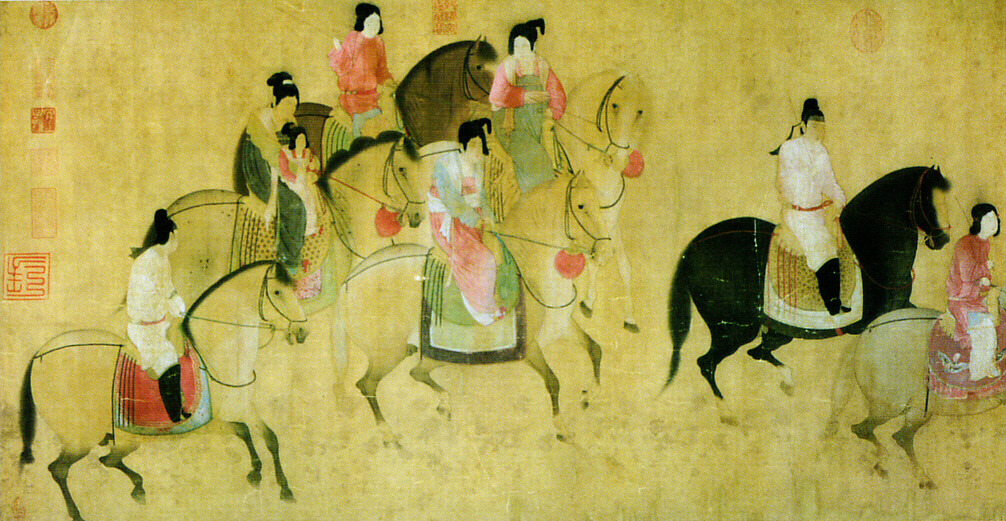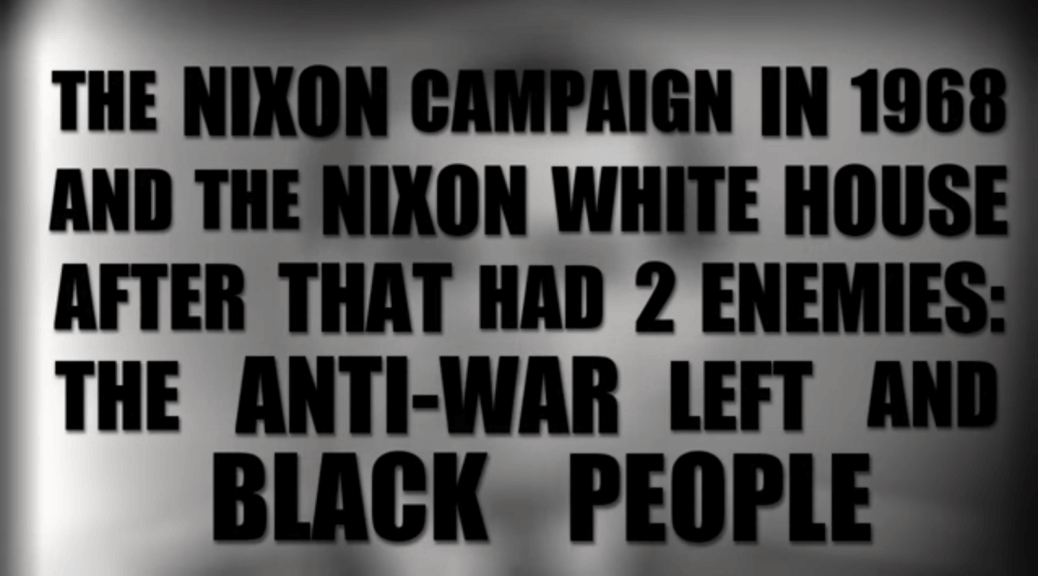
Chris Stewart’s excellent podcast, The History of China, had an interesting discussion of an economic debate that happened in 734. The debate in the Tang court was between Chang Chiu-lin, a Confucian who favoured legalizing illicit minting, and many Legalist officials who opposed legalization. I was so intrigued that I read through the source material on the debate, a 1976 article by Penelope A. Herbert.
The background for the debate was an ongoing crisis of too little coinage to “meet the demands of trade.” This apparent shortage of coinage led many people to take up counterfeiting. Counterfeiters would mint coins with lower precious metal content than the official coins. They risked the death penalty if caught, but the privately minted coins were widely traded nonetheless. All the historical sources seem to agree that this was the problem, but as we know, economic problems are easy to misdiagnose.
This apparent lack of currency was confusing to me because any amount of currency can meet the demands of trade at the right price level. Herbert (1974) writes,
“For the first half of the [Tang] dynasty, the administration succeeded in confining the large scale activities of the merchants in the provincial urban centres and capitals to official markets, supervised by bureaucrats. The administration reserved the right to manipulate prices by a system of officially imposed price controls, based on the standard coinage.” (p. 258)
That clears things up. “Not enough coinage” apparently means that there’s not enough coinage to facilitate trade at the official prices. In other words, the official prices were habitually set too high! Nobody in the debate seems to have realized that you can just let prices float and they’ll converge on the appropriate price level for the amount of coinage you have.
Another question that stood out to me was why people were willing to accept counterfeit coins, particularly if they had a lower precious metal content than the official coinage. People of the past were very sophisticated in detecting debased coins. For instance, people have used water displacement tests to measure the precious metal content of coins since at least Archimedes.
The price controls explain it perfectly. People wanted debased coins because the alternative was having to sell your goods at the official prices, which were too high. It’s a way of getting around the price control while still technically obeying it. This is common where there are price controls. For instance, when Brazil had both hyperinflation and price controls in the 1980s, merchants got around the official prices by allowing post-dated cheques. They would put up signs saying “9 days” or “two weeks” to indicate their prices. The longer the time before the cheque could be cashed, the less valuable the money would be, and the lower the true price of the good.
During the Tang dynasty, people hoarded or melted down official coins and traded counterfeits. This is a straightforward case of Gresham’s Law. You’d be a sucker to trade away a valuable coin if the official prices won’t let you get more goods for it than for a less valuable coin!
Chang Chiu-lin: Laissez-Faire Confucian
Though I agree broadly with Chang Chiu-lin’s conclusions, parts of his argument are hopelessly confused. Quoting Herbert,
“[Chang Chiu-lin] clearly wished to benefit the peasants by raising the value of the products of agriculture.” (p. 272)
Yes, you can raise agricultural prices by inflating the currency, but it really doesn’t benefit the peasants. That’s because inflation raises the prices of the goods peasants want to buy along with those of the goods they want to sell. In the long run, it’s a wash.
From Herbert again, paraphrasing Chang Chiu-lin,
“All that was needed was for the administration to introduce a policy which would adjust the imbalance between the values of coin and agricultural products by increasing the amount of coin in circulation. In his opinion, given the inefficiency of the official mints, private minting would serve that purpose well.” (p. 272)
In a competitive market, the value of a coin will converge to the cost of materials plus the cost of minting. But the minting cost was higher for the inefficient state mints, creating a profit opportunity for private minters. Say it costs five labour-hours for the marginal worker to produce either five copper coins or a bushel of rice. Then five copper coins had better buy one bushel of rice! If the state mints produce only enough coins so that it takes four to buy a bushel of rice, then it pays people to switch to minting. Chang Chiu-lin’s argument here is correct.
However, simply allowing flexible prices throughout the economy would almost certainly have solved the broader economic problem posed by the “imbalance” in prices. So long as private minting was more efficient than public minting there would be an incentive to counterfeit, but at least it wouldn’t hamper trade in general.
The Legalist Response
The Legalist response from P’ei, Li, and Hsiao is summarized in this statement from their reply:
“As to coin, it is a medium of exchange and it is the key to controlling the state. This is why, throughout successive dynasties, private minting has been prohibited, to prevent lawlessness. Now if once this door is opened, we fear petty men will abandon farming to pursue profit and wickedness will increase.” (p. 273-4)
I can’t argue with the political economy implied in this statement. If your goal is to keep the state powerful and the people subservient, letting people enter lucrative industries would undermine that goal. I imagine these Legalists in 1913 arguing “if we let people make cars, they’ll get rich and challenge the state!” or in 1990 arguing “if we let people make computers, they’ll get rich and challenge the state!” It’s true as far as it goes, but I just don’t share their goal of making people subservient.
What the Legalists miss is that free entry into private minting would only go on being profitable until the price of coins adjusted to the cost of minting them. They point to the rule of Emperor Wen of Han as an example of private minting leading to lawlessness, but that was a case of replacing a central monopolist with many regional monopolists, each of whom could raise armies in rebellion against the crown. With competing private mints, some people would go into minting, then the price of coins would fall and minters would earn no more profit than farmers.
Ts’ui Mien: Early Physiocrat
Another argument on the Legalist side came from Ts’ui Mien:
“If the private minting of coin is allowed, the people are bound to compete in making it, each striving after his own interests. If base people make a profit, they gradually forget the primary occupation (neglect agriculture) and those impoverished by their action are numerous.” (p. 275)
This is comical, given that 1282 years later we’re all rich and barely anyone works in agriculture. Yes, the emergence of new industries leads people to switch into them. No, that doesn’t generally impoverish people.
While specialization reduces the number of farmers, it increases their productivity. You can grow a lot more rice if you don’t also have to sew your own clothes, fix your own roof, make your own tools, and so on. Coinage helps in a more indirect way by facilitating specialization and trade among other industries.
Ts’ui and other Legalists seem to think that people will switch out of farming until there isn’t enough food to go around. In reality, they will only switch out of farming until the marginal return to farming equals the marginal return to minting.
Liu Chih is the Thomas Piketty of the Tang Court
Liu Chih has a sophisticated argument concerning inequality:
“Now when people have riches in plenty, they cannot be exhorted by promises of rewards and when they are poor and hungry, they cannot be controlled by intimidation. Therefore if the law is not enforced and the people are not well governed, it is all because of the uneven distribution of wealth. If you allow the private casting of coin, the poor will certainly not be able to carry it out. I am afraid that the poor will become even poorer and will submit to service in rich houses, while the rich houses will take advantage of the situation to become even more presumptuous.” (p. 281-2)
What he’s saying is that minting is a capital-intensive industry and will therefore raise the relative earnings of wealthy households. His reasoning holds up in that respect.
But it doesn’t follow that the poor will become poorer in absolute terms. The return to agriculture, if anything, should rise when some farmers switch to minting coins. Then if the wealthy households really do manage to hire many poor people to serve in their households, it will be because they can offer them more than they previously earned.
Liu Chih also wins the award for the silliest suggestion to solve the coinage crisis. He suggested that the state form a legal monopoly over copper and ban the use of copper for things other than coin. But copper is a useful metal! If his proposal had been accepted and enforced, it would have been an absolute disaster! Removing copper from public use would force every tool, every urn, every building made with copper to be made with other materials. But these materials are scarce. In the same way many modern economies flounder when energy prices spike, preventing people from using copper would seriously hamper economic activity.
The sad thing is, there was already a law on the books from 723 prohibiting private use of copper. Luckily, it seems not to have been enforced.
Emperor Hsüan-tsung Settles on a “Compromise”
In the end, the Emperor Hsüan-tsung rejected Chang Chiu-ling’s private-minting proposal. Instead, he decreed that cloth would be used as a medium of exchange in large transactions.
But mediums of exchange aren’t adopted because a ruler says so. They need to suit the purposes of the people making the exchanges. Precious metals have been used as currency throughout the world because they have many favourable characteristics: high value per weight, divisibility, durability, and a fairly stable value. Cloth does not have these traits, so people simply ignored the decree and continued to trade mostly in counterfeit coins. Hsüan-tsung’s “compromise” was a non-solution.
The market for counterfeit coins during the Tang Dynasty reminds me of the market for marijuana in the United States. It’s a thriving industry, many people take part in it as both buyers and sellers, and yet the state cracks down on it with pointless Draconian punishments. The emperor should have listened to Chang Chiu-lin and just legalized it already.
The post The Tang Coinage Debate of 734 appeared first on The Economics Detective.

